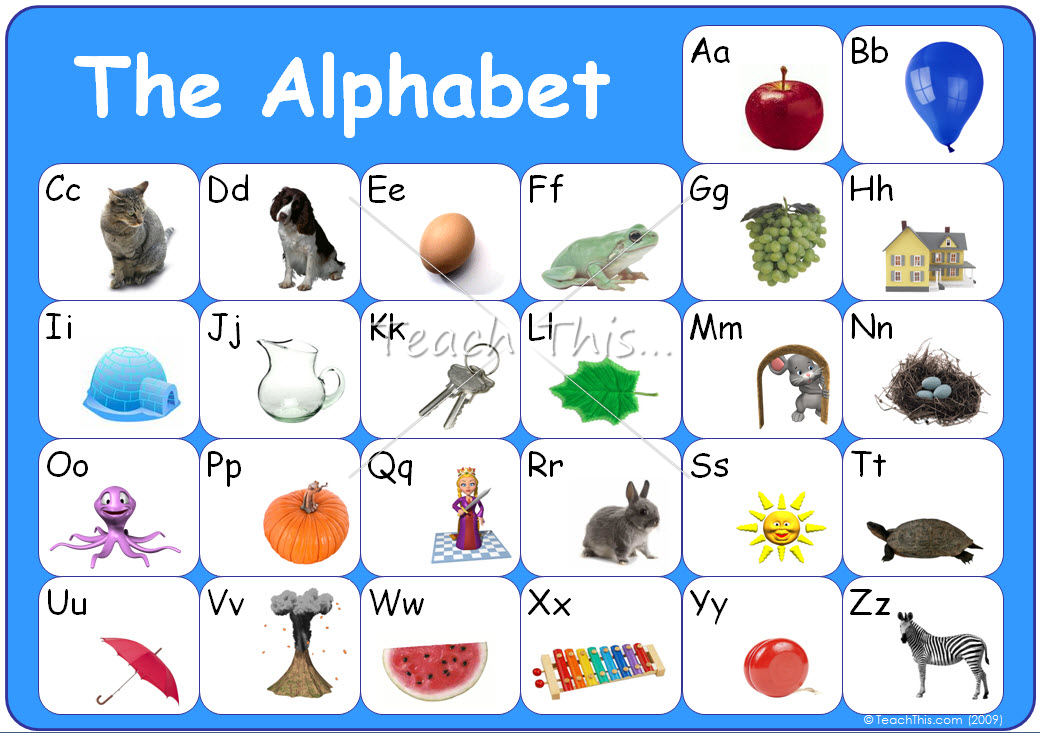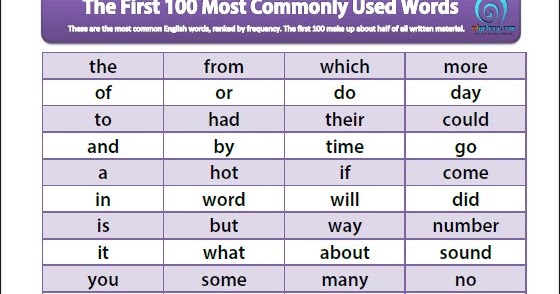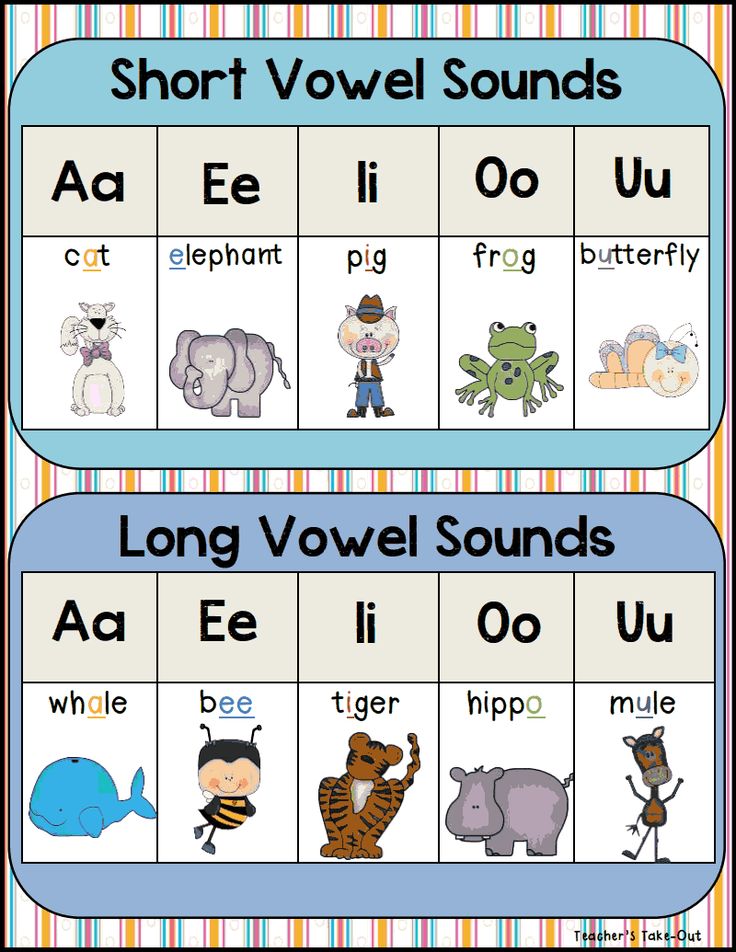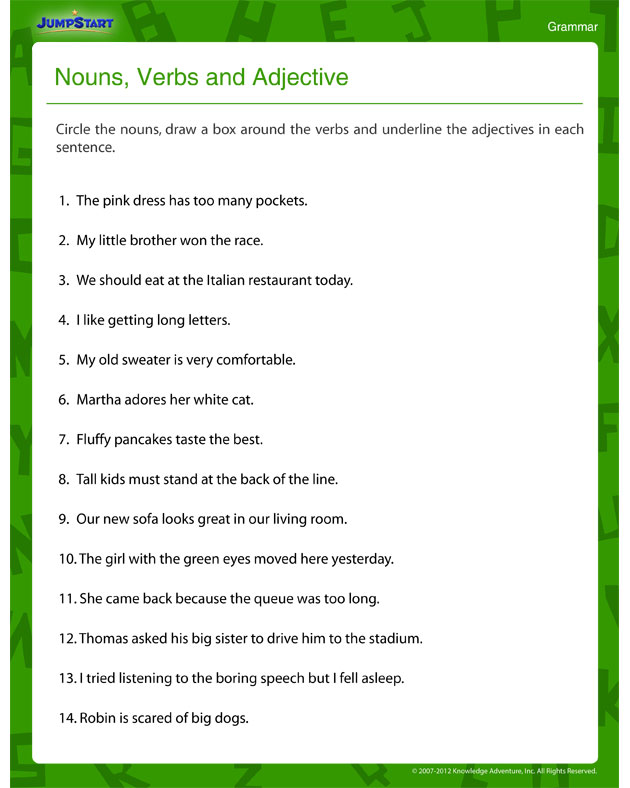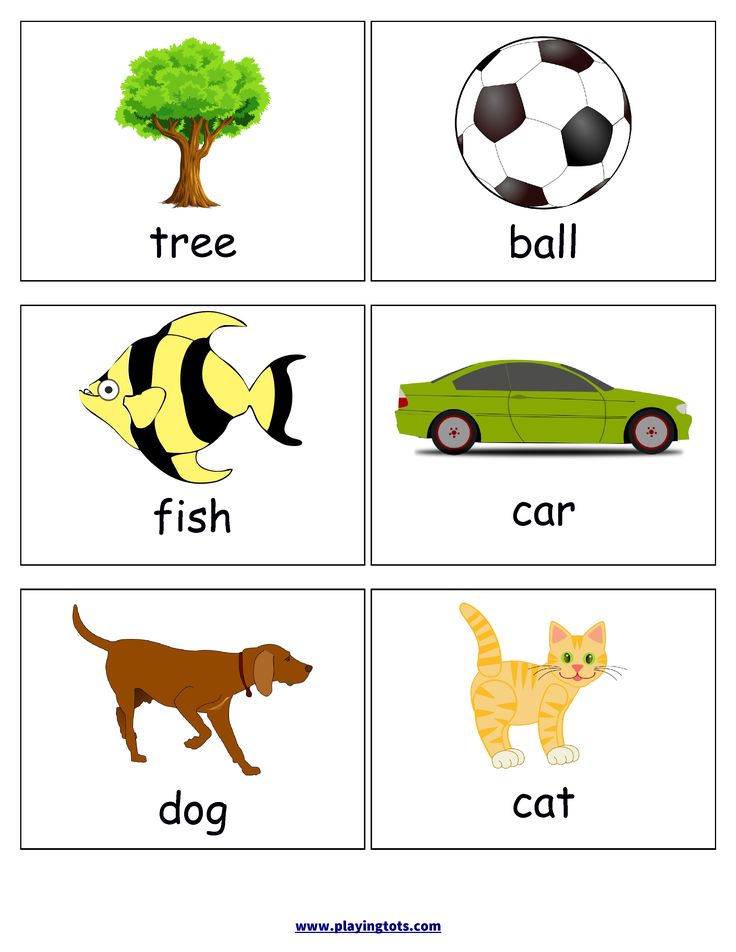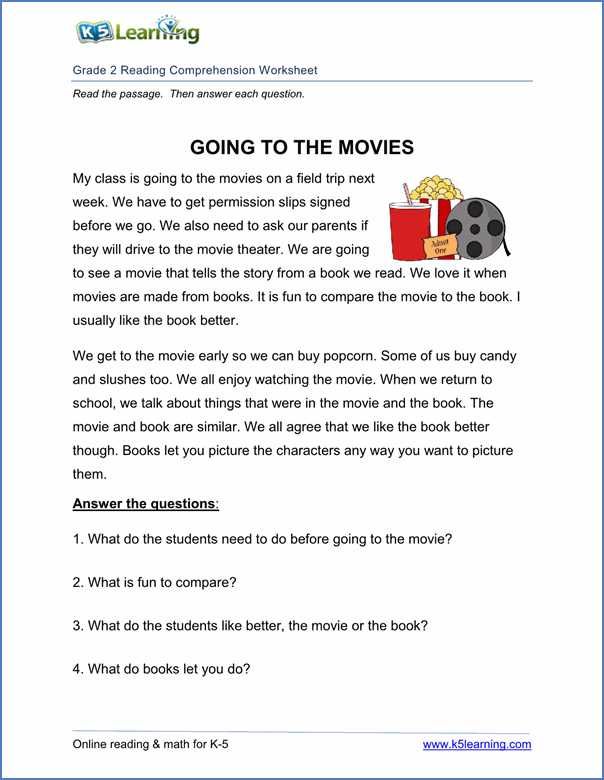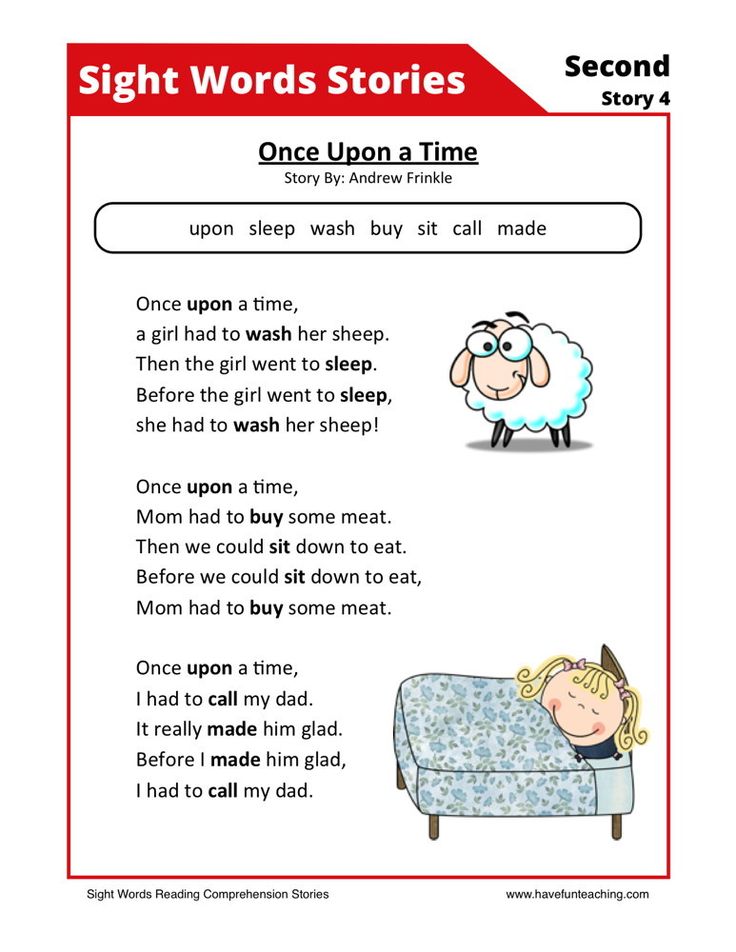Best way to teach sight words
Best Sight Word Books and Activities
You probably don’t remember learning how to read words like the, is, and am. But these so-called “sight words” that you now read every day (without even noticing!) can actually be quite challenging for children to learn. However, they're crucial to reading success.
In simple terms, sight words are commonly-used words that children are encouraged to memorize by sight, so they instantly recognize them in a text without having to take the time to sound them out. That’s especially helpful for the many sight words that don’t follow normal phonetic rules, and can’t be sounded out.
“When children can read sight words quickly, they are more fluent readers and can better comprehend a text,” says Laura Mossa, an elementary school reading specialist at Baltimore County Public Schools. She adds that one classic study found that up to 75 percent of the words used in text geared toward young readers are sight words.
Here are five ways to make learning sight words easier for your child, and tools that will help you along the way.
Tip 1: Expose your child to sight words early on.
It's never too early to start reading regularly with your child (it will boost their language development and reading skills, and doing so multiple times per day can expose them to 1 million words by kindergarten!). This is the most natural way to familiarize them with a wide range of sight words.
Also point out sight words in your environment — say, by reading signs on the road or at the grocery store out loud. This will help provide a solid foundation for when your child takes on more formal sight word learning in preschool and kindergarten.
What Will Help: As your child enters preschool and kindergarten, this Sight Word Readers Parent Pack is a great way to supplement what they're learning in class. It features a mini activity book and write-and-learn pages to help your kids learn 50 high-frequency sight words!
Tip 2: Make read-alouds more interactive.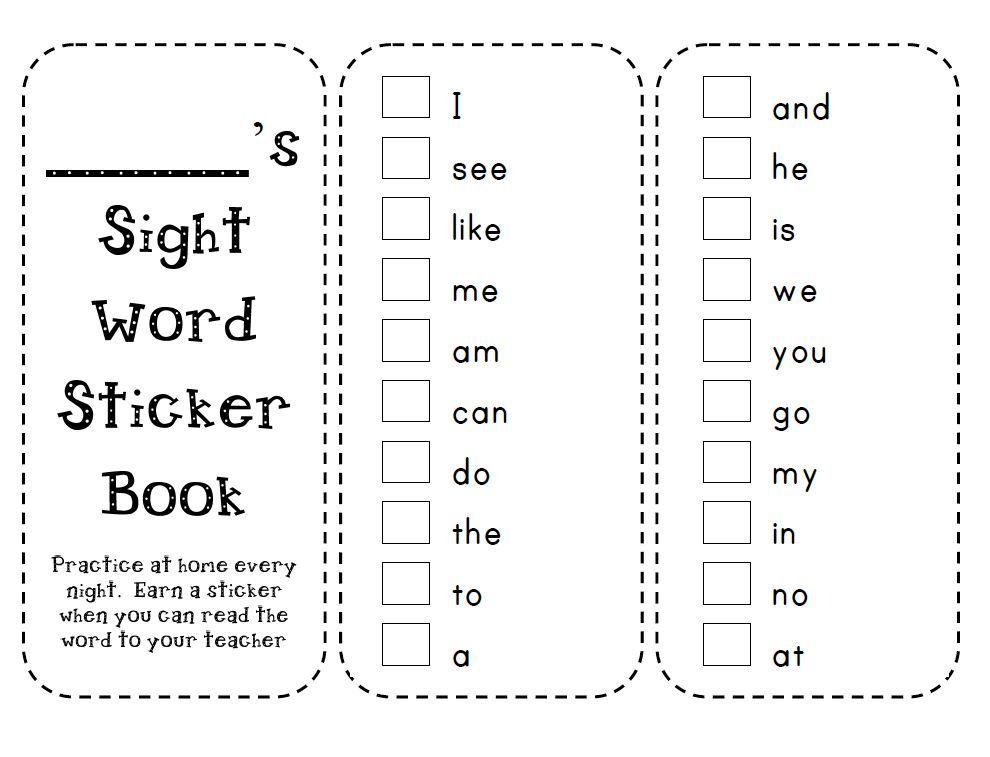
When you read with your child, you’ll notice that many repetitive phrases contain sight words like I, a, at, am, and, it, in, is, and the. Have fun emphasizing this repetition, and encourage your child to chime in on the refrains as you point to the words along the way.
“Since sight words make up a large percentage of all text, engaging in interactive read-alouds with your child is a great way to practice them,” says Mossa. Books that show text in speech bubbles are particularly useful for this, because the text is concise and large, making it easy to point out sight words in each bubble as you read.
What Will Help: For general sight word practice, you can use this Little Skill Seekers: Sight Words workbook with your child — it includes playful illustrations and practice problems that will help your child recognize sight words to strengthen reading fluency!
Tip 3: Engage all of their senses.
Mossa says she also uses multi-sensory activities with children, in which they fill in missing letters or rearrange letters to correctly spell a sight word, or "write" a word using their finger in the air or on a table.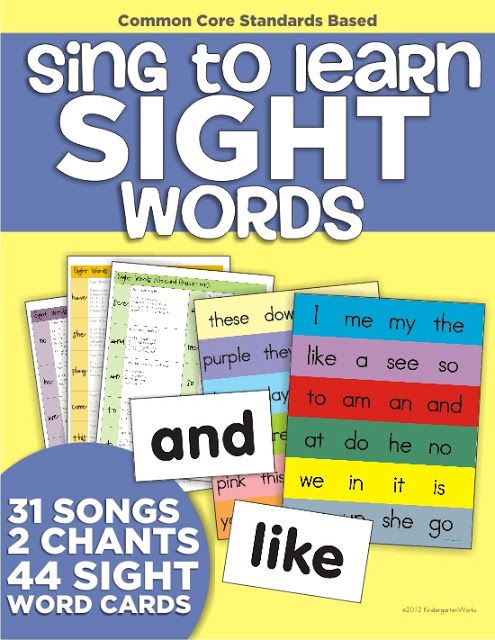
“Children are more likely to retain a sight word in their long-term memory when practice includes these multi-sensory strategies,” says Mossa. She also suggests giving kids pipe cleaners or magnetic letters to build sight words.
For more practice with spelling sight words — especially those that aren’t phonetically regular — Mossa says she turns to literacy expert Jan Richardson’s sight word technique. “I introduce the sight word by writing it on a dry erase board or making it with magnetic letters,” she says. “Then I ask children to look at each letter as I slide an index card left to right across the word.”
Tip 4: Sort sight words into categories.
It can be helpful to show kids how to sort sight words into categories, such as “rule followers” and “rule breakers,” says Mossa. However, this should be used with more fluent readers who have already built early decoding skills and can sound out words.
“For example, the sight word ‘can’ follows regular phonics patterns,” Mossa says.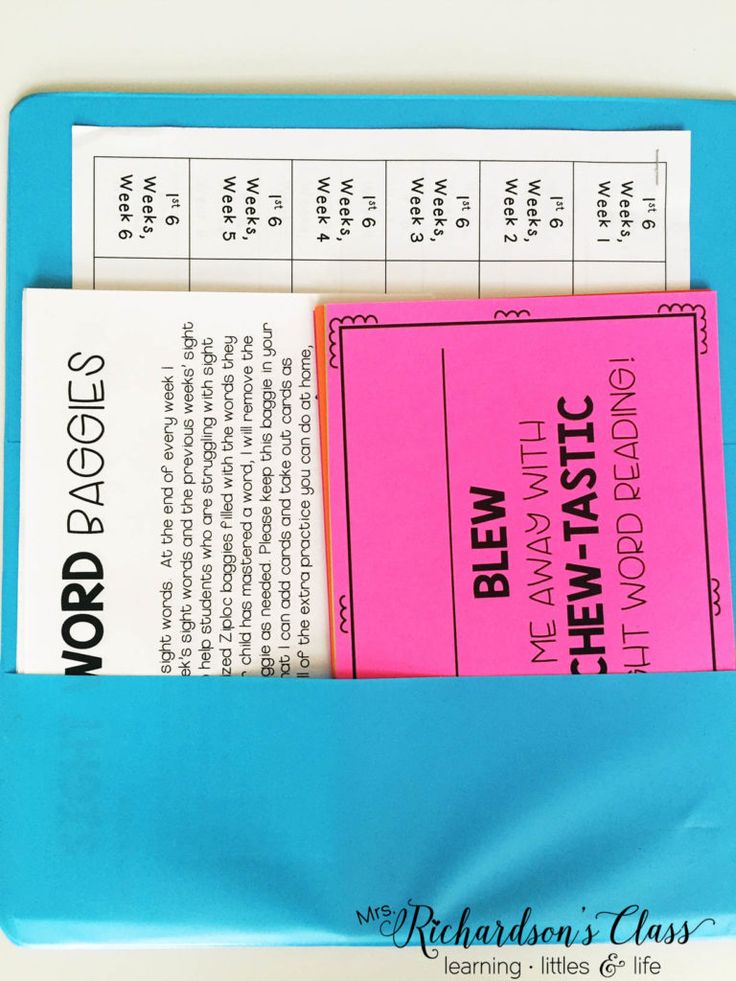 “In contrast, ‘said’ is not decodable. Therefore, children must learn this word as a whole unit. When I introduce a sight word, I discuss whether it can be sounded out or if it is a word that is a rule breaker.” Play a sorting game at home in which your child guesses which sight words can or cannot be sounded out.
“In contrast, ‘said’ is not decodable. Therefore, children must learn this word as a whole unit. When I introduce a sight word, I discuss whether it can be sounded out or if it is a word that is a rule breaker.” Play a sorting game at home in which your child guesses which sight words can or cannot be sounded out.
What Will Help: Discuss the various types of sight words in this Nonfiction Sight Word Readers Parent Pack Level A and the Scholastic Success With Grades K-2: Sight Words with your child. Both of these tools will help your young reader become more familiar with key sight words and strengthen their reading skills.
Tip 5: Read and play with sight words daily.
“Children will become better at reading sight words automatically when they have daily opportunities to interact with text at home,” says Mossa. Reading daily will naturally reinforce the learning of sight words, and you can also get creative with games, art projects, and other interactive activities.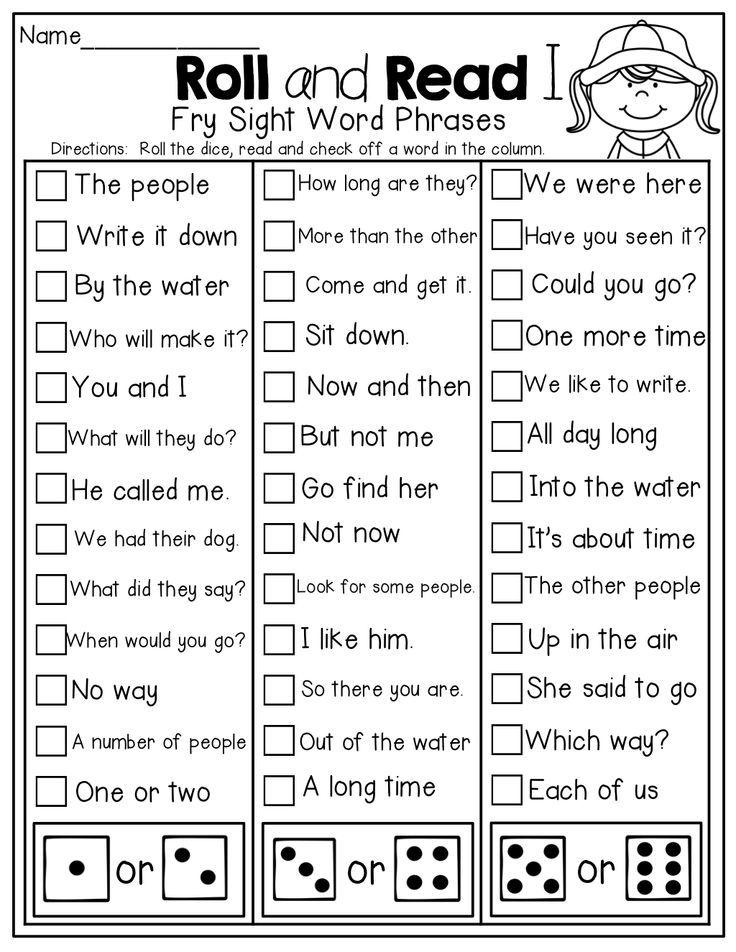
Sight Words Teaching Strategy | Sight Words: Teach Your Child to Read
A child sees the word on the flash card and says the word while underlining it with her finger.
The child says the word and spells out the letters, then reads the word again.
The child says the word and then spells out the letters while tapping them on her arm.
A child says the word, then writes the letters in the air in front of the flash card.
A child writes the letters on a table, first looking at and then not looking at the flash card.
Correct a child’s mistake by clearly stating and reinforcing the right word several times.
- Overview
- Plan a Lesson
- Teaching Techniques
- Correcting Mistakes
- Frequently Asked Questions
- Questions and Answers
Sight words instruction is an excellent supplement to phonics instruction. Phonics is a method for learning to read in general, while sight words instruction increases a child’s familiarity with the high frequency words he will encounter most often.
Phonics is a method for learning to read in general, while sight words instruction increases a child’s familiarity with the high frequency words he will encounter most often.
Use lesson time to introduce up to three new words, and use game time to practice the new words.
A sight words instruction session should be about 30 minutes long, divided into two components:
- Sight Words Lesson — Use our Teaching Techniques to introduce new words and to review words from previous lessons — 10 minutes
- Sight Words Games — Use our games to provide reinforcement of the lesson and some review of already mastered sight words to help your child develop speed and fluency — 20 minutes
Video: Introduction to Teaching Sight Words
↑ Top
2.
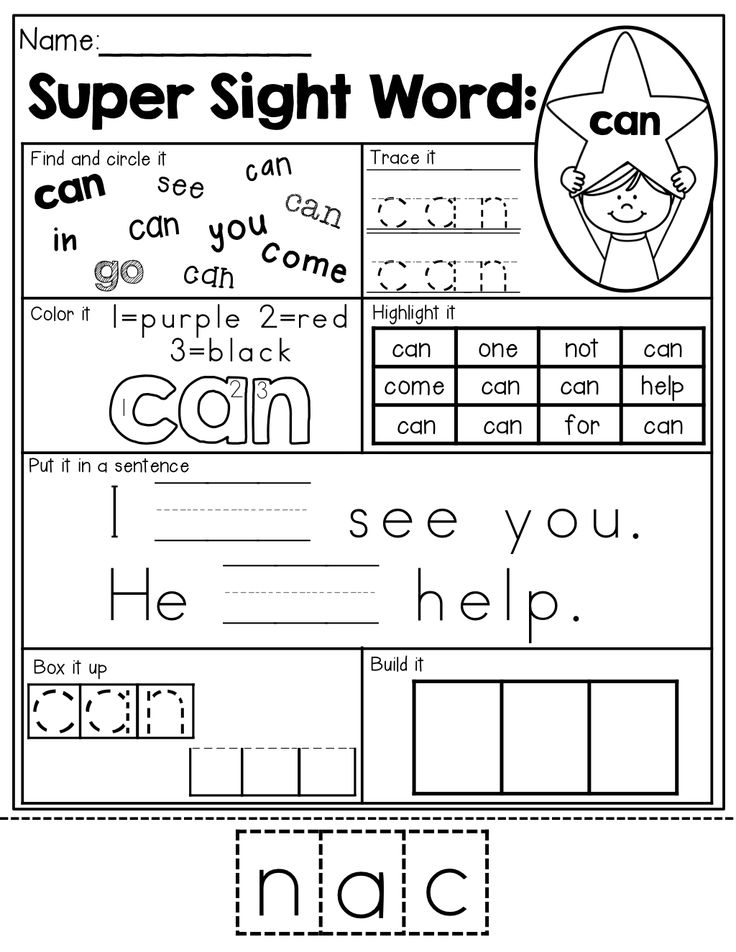 1 Introduce New Words
1 Introduce New Words
When first beginning sight words, work on no more than three unfamiliar words at a time to make it manageable for your child. Introduce one word at a time, using the five teaching techniques. Hold up the flash card for the first word, and go through all five techniques, in order. Then introduce the second word, and go through all five teaching techniques, and so on.
This lesson should establish basic familiarity with the new words. This part of a sight words session should be brisk and last no more than ten minutes. As your child gets more advanced, you might increase the number of words you work on in each lesson.
2.2 Review Old Words
Begin each subsequent lesson by reviewing words from the previous lesson. Words often need to be covered a few times for the child to fully internalize them. Remember: solid knowledge of a few words is better than weak knowledge of a lot of words!
Go through the See & Say exercise for each of the review words.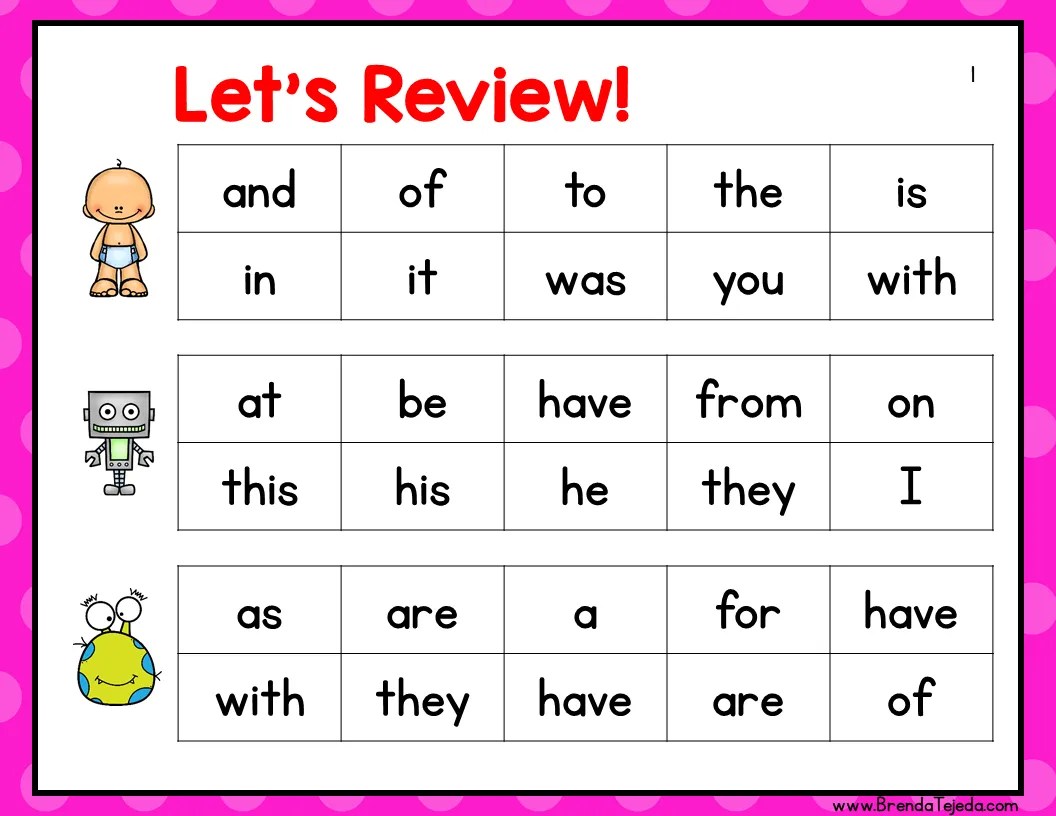 If your child struggles to recognize a word, cover that word again in the main lesson, going through all five teaching techniques. If he has trouble with more than two of the review words, then set aside the new words you were planning to introduce and devote that day’s lesson to review.
If your child struggles to recognize a word, cover that word again in the main lesson, going through all five teaching techniques. If he has trouble with more than two of the review words, then set aside the new words you were planning to introduce and devote that day’s lesson to review.
Note: The child should have a good grasp of — but does not need to have completely mastered — a word before it gets replaced in your lesson plan. Use your game time to provide lots of repetition for these words until the child has thoroughly mastered them.
2.3 Reinforce with Games
Learning sight words takes lots of repetition. We have numerous sight words games that will make that repetition fun and entertaining for you and your child.
The games are of course the most entertaining part of the sight words program, but they need to wait until after the first part of the sight words lesson.
Games reinforce what the lesson teaches.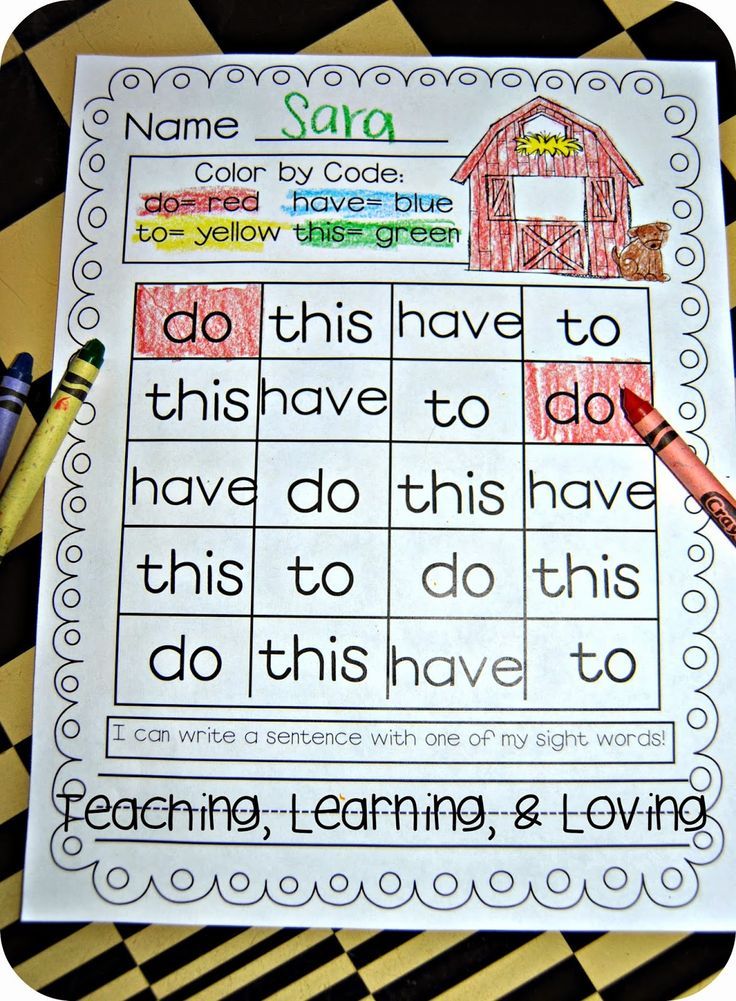
Do not use games to introduce new words.
NOTE: Be sure the child has a pretty good grasp of a sight word before using it in a game, especially if you are working with a group of children. You do not want one child to be regularly embarrassed in front of his classmates when he struggles with words the others have already mastered!
↑ Top
Introduce new sight words using this sequence of five teaching techniques:
- See & Say — A child sees the word on the flash card and says the word while underlining it with her finger.
- Spell Reading — The child says the word and spells out the letters, then reads the word again.
- Arm Tapping — The child says the word and then spells out the letters while tapping them on his arm, then reads the word again.
- Air Writing — A child says the word, then writes the letters in the air in front of the flash card.

- Table Writing — A child writes the letters on a table, first looking at and then not looking at the flash card.
These techniques work together to activate different parts of the brain. The exercises combine many repetitions of the word (seeing, hearing, speaking, spelling, and writing) with physical movements that focus the child’s attention and cement each word into the child’s long-term memory.
The lessons get the child up to a baseline level of competence that is then reinforced by the games, which take them up to the level of mastery. All you need is a flash card for each of the sight words you are covering in the lesson.
↑ Top
Of course, every child will make mistakes in the process of learning sight words. They might get confused between similar-looking words or struggle to remember phonetically irregular words.
Use our Corrections Procedure every time your child makes a mistake in a sight words lesson or game.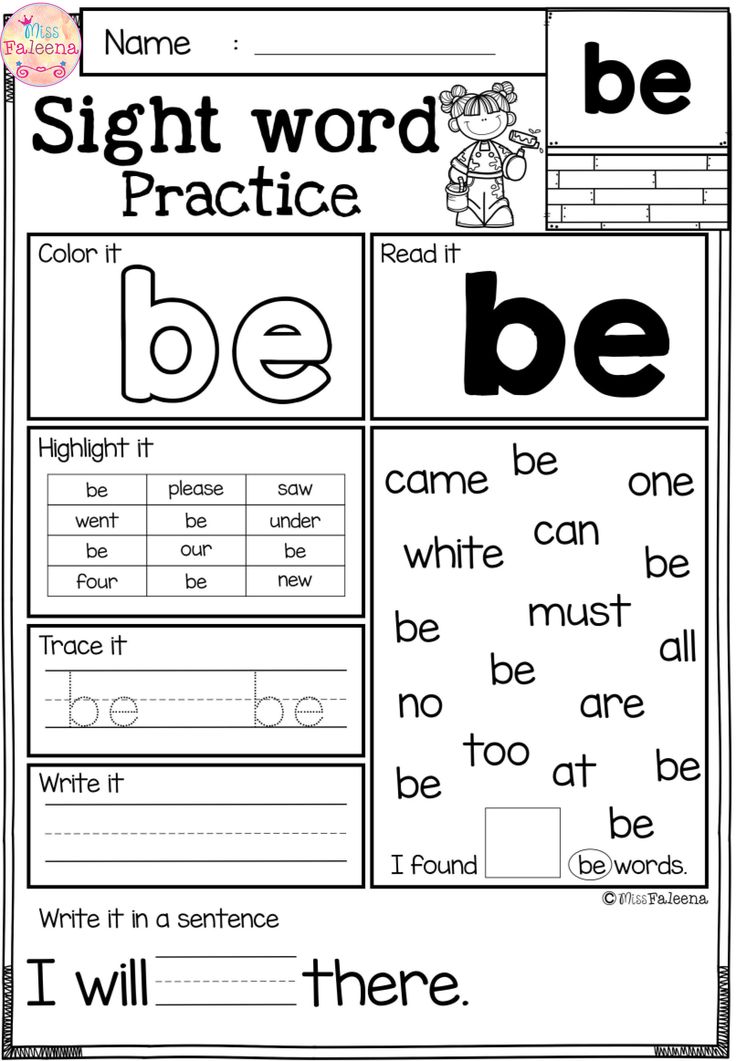 Simple and straightforward, it focuses on reinforcing the correct identification and pronunciation of the word. It can be done quickly without disrupting the flow of the activity.
Simple and straightforward, it focuses on reinforcing the correct identification and pronunciation of the word. It can be done quickly without disrupting the flow of the activity.
Do not scold the child for making a mistake or even repeat the incorrect word. Just reinforce the correct word using our script, and then move on.
↑ Top
Q: Progress is slow. We have been on the same five words for a week!
A: It is not unusual to have to repeat the same set of words several times, especially in the first weeks of sight words instruction. The child is learning how to learn the words and is developing pattern recognition approaches that will speed his progress. Give him time to grow confident with his current set of words, and avoid overwhelming the child with new words when he hasn’t yet become familiar with the old words.
Q: Do I really need to do all five techniques for every word?
A: Start out by using all five techniques with each new word.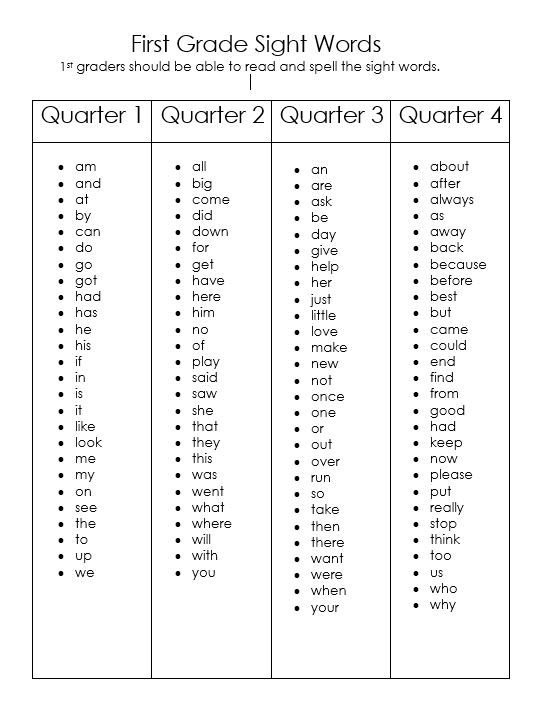 The techniques use different teaching methods and physical senses to support and reinforce the child’s memorization of the word. After a few weeks of lessons, you will have a sense for how long it takes your child to learn new words and whether all five exercises are necessary. Start by eliminating the last activity, Table Writing, but be sure to review those words at the next lesson to see if the child actually retained them without that last exercise. If the child learns fine without Table Writing, then you can try leaving out the fourth technique, Air Writing. Children who learn quickly may only need to use two or three of the techniques.
The techniques use different teaching methods and physical senses to support and reinforce the child’s memorization of the word. After a few weeks of lessons, you will have a sense for how long it takes your child to learn new words and whether all five exercises are necessary. Start by eliminating the last activity, Table Writing, but be sure to review those words at the next lesson to see if the child actually retained them without that last exercise. If the child learns fine without Table Writing, then you can try leaving out the fourth technique, Air Writing. Children who learn quickly may only need to use two or three of the techniques.
Q: How long will it take to get through a whole word list? I want my child to learn ALL the words!!!
A: That depends on a number of factors, including frequency of your lessons as well as your child’s ability to focus. But do not get obsessed with the idea of racing through the word lists to the finish line. It is much, much better for your child to solidly know just 50 words than to “kind of” know 300 words. We are building a foundation here, and we want that foundation to be made of rock, not sand!
It is much, much better for your child to solidly know just 50 words than to “kind of” know 300 words. We are building a foundation here, and we want that foundation to be made of rock, not sand!
↑ Top
Leave a Reply
ways to memorize texts easily and quickly
7
minutes
readings
For teenagers
<
Methods of memorizing information that is most effective for you personally At this stage, you need to know the basic classification of techniques: mechanical, rational and associative (or mnemonic). The most advantageous option for you depends on your type of perception of information.
Are you visual and good at remembering images? Try to build associations. Do you find it easier and more comfortable to read texts aloud? Then use audio recordings while studying. For those who value tactility, the mechanical method of rewriting is suitable, and for those who love diagrams, blocks, tablets and ordered information, it is better to pay attention to the rational method of drawing up a plan.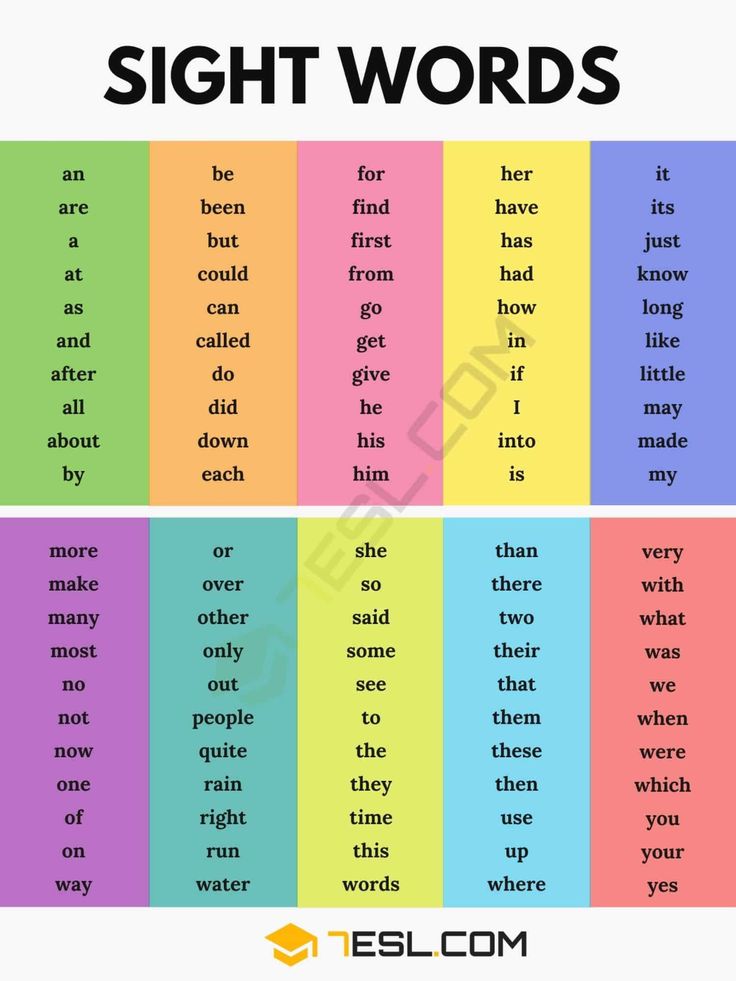
Top 5 ways to learn text quickly
✍️
RewritingMemorization method involving visual and motor memory. Use it if you are easier and faster to absorb information through the visual channel of perception.
- Break long text into easy-to-remember chunks—about two or three paragraphs. A short text can be divided into parts consisting of several sentences or one paragraph.
- Rewrite each part of the text by hand several times. Rewrite the parts separately: first the first part two or three times, then the second part the same number.
- Take a marker or a clerical proofreader and cross out individual sentences of your choice in the rewritten text, and then also try to reproduce them in writing from memory.
- Repeat until you can rewrite the whole paragraph or part of the text from memory, then move on to the next one.
- At the end, connect all parts of the text and retell from memory.
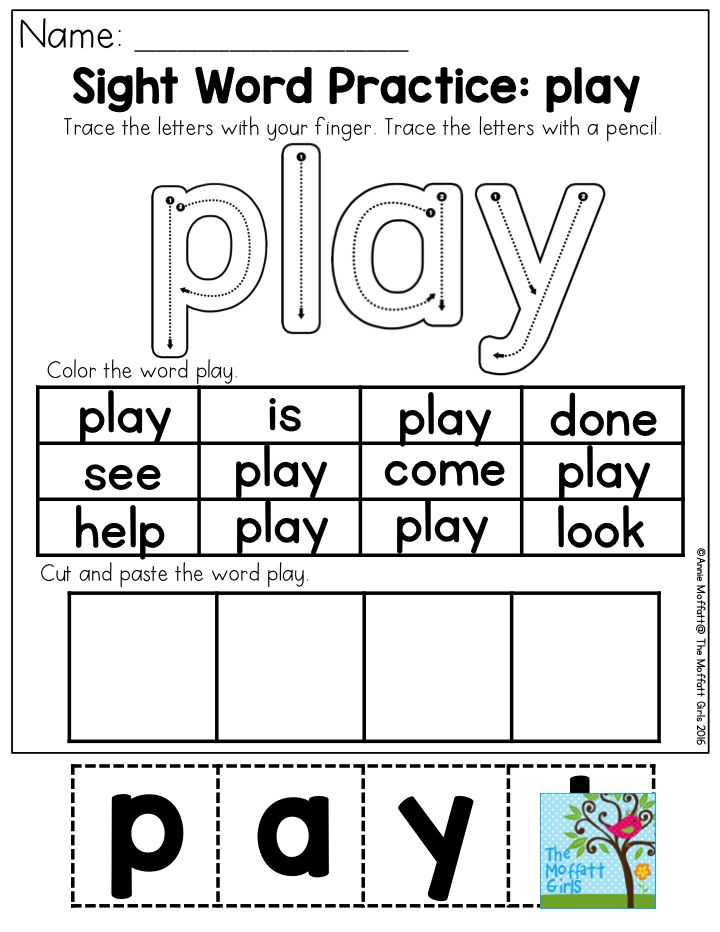
🗓️
Drawing up a planThis method is convenient when the text needs not to be reproduced verbatim, but to retell without loss of meaning, preserving the structure and logical connections within it. So you will not just memorize the text, but learn to quickly understand the meaning of what is written, highlight the main thoughts.
- Reread the text several times. If there are unfamiliar, incomprehensible or complex words in it, write them down separately, find out the meaning and remember them.
- Divide the text into semantic parts. Usually they coincide with the division into paragraphs. If the text does not contain paragraphs, highlight separate semantic fragments in it.
- Label each section.
- Make a detailed outline of the text. It will consist of the headings you have given to each part and a short abstract.
- Retell the text following the plan. If necessary, look at the text and repeat the retelling until you can reproduce it as accurately and in detail as possible.
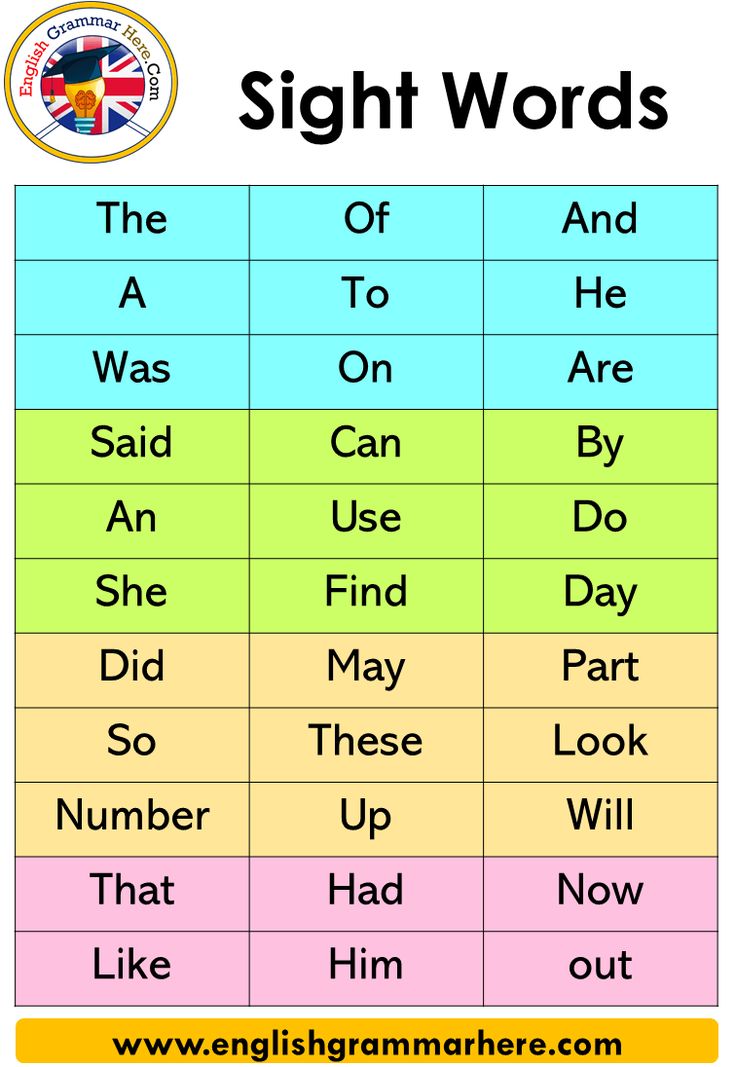 If necessary, add new headings or abstracts to the plan.
If necessary, add new headings or abstracts to the plan.
💿 Using audio recording
This memorization technique combines two methods - listening and reading the text. It is convenient to use if you are better at remembering information by ear. The technique is effective for memorizing texts in a foreign language. It not only helps to remember information, but helps to improve pronunciation and develops the skill of understanding foreign words by ear.
- Reread the text several times and write down all new, unfamiliar words, as in the previous technique.
- Turn on the audio recording of the text and listen to it several times while following the text on paper or on the monitor screen with your eyes.
- For convenience, the text can be divided into parts and listen to each in turn, while reading the sentences with your eyes.
- In the next step, stop playback after each sentence and repeat it aloud.
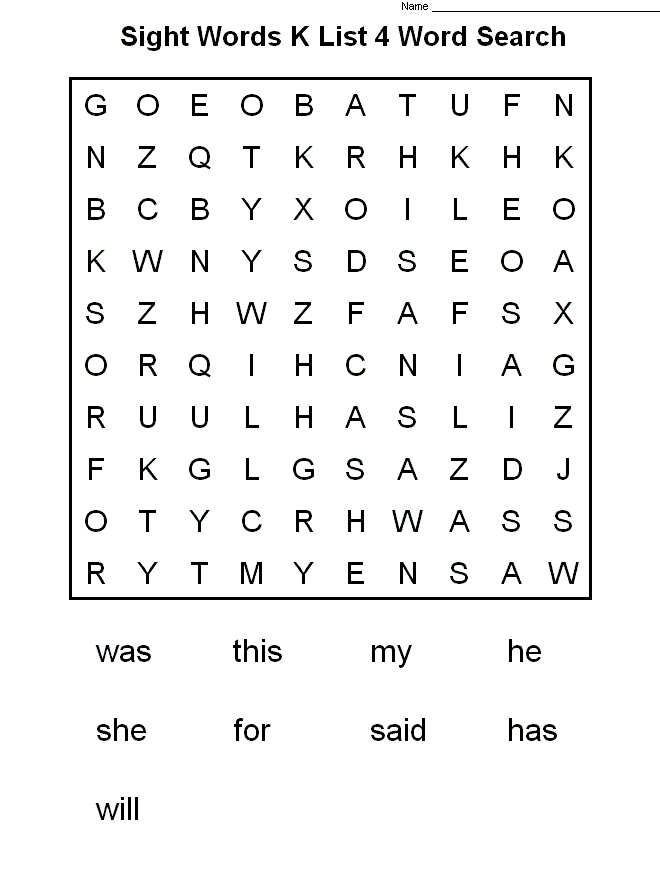
- Listen to the audio recording of the text several times during the day while doing other things.
- Retell the content of the text aloud in parts.
<
✏️ Pictogram Method
This technique uses associative and visual memory. Suitable for people with a good imagination and a developed visual channel of perception.
- Read the text.
- Break the text into parts of several sentences or paragraphs. If you need to remember a long text, work with each fragment separately, then move on to the next one.
- Draw each sentence of the text as a drawing or picture. Let the drawing be simple, not overloaded with details, but accurately convey the meaning of the sentence. When drawing, use the emerging associations.
- Retell the text from memory, putting the resulting chain of pictures in front of you.
A similar method is a mind map using drawings or images. The difference is that when creating a mind map, the drawings are not arranged one after the other, like sentences in the text, but are grouped around a central image that reflects the main idea of the text.
The difference is that when creating a mind map, the drawings are not arranged one after the other, like sentences in the text, but are grouped around a central image that reflects the main idea of the text.
A funny way to remember is with emoji. Try to retell what you wrote using a set of emoji on your smartphone, and then reproduce the text while looking at the resulting “story in pictures”.
📝 Complex method
Based on a combination of different techniques. The method activates different types of memory: visual, auditory and motor. Use it if you don't like the previous techniques or if you like being creative and alternating different techniques.
- Divide long text into parts of several paragraphs, and short text into paragraphs or groups of sentences according to the meaning.
- Make a detailed outline of the text, with headings and a thesis description of the fragment. When writing down abstracts, try to paraphrase sentences, use synonyms.

- Write out from the text words, phrases and sentences that convey the main meaning of the text.
- Come up with a visual association for each reference word or phrase.
- Listen to the audio version while simultaneously reading the text with your eyes and mentally reproducing the visual associations.
- Print out the text, cross out some parts of it and repeat them from memory.
- Put all parts of the text in the right order and retell it using key words, phrases and visual associations.
What to remember
1. To memorize or retell a text as quickly as possible, use special techniques.
2. Text rewriting involves visual and motor memory, so it is suitable for those who perceive information through visual images or tactile.
3. The plan method helps not only memorize the text, but also learn to quickly understand its meaning and highlight structural parts.
4. Using the audio version of the text involves the auditory perception channel and is well suited for memorizing texts in a foreign language. The same method develops the skill of listening and pronunciation.
5. Pictogram method activates associative and visual memory. Using this method, you need to rewrite the text in the form of pictures, and then retell based on them. Suitable for those who easily remember images, pictures, details.
6. The complex method combines several techniques and involves all channels of perception: visual, auditory, tactile. At the same time, imagination and associative memory are trained.
I want to pass my exams without stress
Five simple techniques and exercises to help you calm down and not go crazy during your preparation.
media-check-list-exams
I accept the terms of the agreement and privacy policyDone!
Download here
Get the guide
Oh! Something went wrong. Try again
Try again
An exam in literature is coming soon, but with poetry, paraphrases and quotations - a blockage? How to quickly and easily learn a text by heart so that you can use verbatim quoting in essays and arguments without any problems? There are several effective techniques that will make it much easier!
Start
How many fingers do the fish have in the aquarium?
I have no fish
Next question
How many fingers do the fish have in the aquarium?
I have no fish
Next question
How many fingers do the fish have in the aquarium?
I have no fish
Next question
How many fingers do the fish have in the aquarium?
I have no fish
Next question
How many fingers do the fish have in the aquarium?
I have no fish
Next question
How many fingers do the fish have in the aquarium?
I have no fish
Next question
How many fingers do the fish have in the aquarium?
I have no fish
Next question
Super duper
mega cool
button
not cool at all
button
Newsletter with the best
articles.
 Once a week
Once a week for the busiest
For those who value their time. Choose a topic that interests you and subscribe so you don't miss anything. It's free!
Step 1 of 2
Select the topic you are interested in
High school
Middle school
Junior school
Choose where to receive letters →
Step 2 of 2
Select where you want to receive letters emailor
Step 2 of 2
Choose where you want to receive emails
I accept the terms of the agreement and privacy policyYour details have been received
We will contact you shortly
Oh! Something went wrong. Try again
or
Speed reading: 5 tricks for fast reading and memorization
Slow reading leads to the fact that a person is constantly distracted, gets tired quickly, and most importantly, does not keep up with the growing volume of digital information.
Meanwhile, from the seventh grade, that is, at about 13-14 years old, the brain is ready to master faster reading speeds. There are several techniques that will help develop the skill of speed reading.
There are several techniques that will help develop the skill of speed reading.
Methods and methods of speed reading
Teaching speed reading will help your child absorb information quickly and learn better, in addition, he will spend much less time doing homework. There are various methods and ways of teaching speed reading, which include exercises, work with tables and texts. In this article, we will look at the basic techniques of speed reading.
Warm-up "2-3-5"
Any workout begins with a warm-up of the muscles, and when we pick up a book, we immediately start reading. To make your eyes less tired from printed texts and working at a computer, Pavel Palagin in his book “Speed Reading in Practice” recommends that you first “stretch your eyes” by expanding your peripheral vision.
Imagine that the focus of your eyes is like a spotlight beam and you can either widen it or narrow it. Pick up a stopwatch, an A5 book (this is a standard book size), relax and start driving your “beam” over several lines, first from left to right, and then from right to left.
Drive the first minute on two lines, the next minute on three lines, and the third minute on five lines. Try to clearly see all the words on top of each other, but do not try to understand their meaning yet.
At the last stage of the speed reading exercise, you should not “move the spotlight” along the lines, but read as quickly as possible with understanding one line from left to right.
<
Wedge Tables
The reading process is based on images. For example, when reading the phrase “Masha ate porridge” sequentially, the image of a girl first appears in the head. Then we imagine that she is eating, and then that she is eating porridge. Another thing is when you see three words at the same time. The image of a girl who eats porridge immediately appears in my head. This happens instantly and greatly speeds up the reading process.
To see and perceive two or three words at a time, it is necessary to expand the field of vision.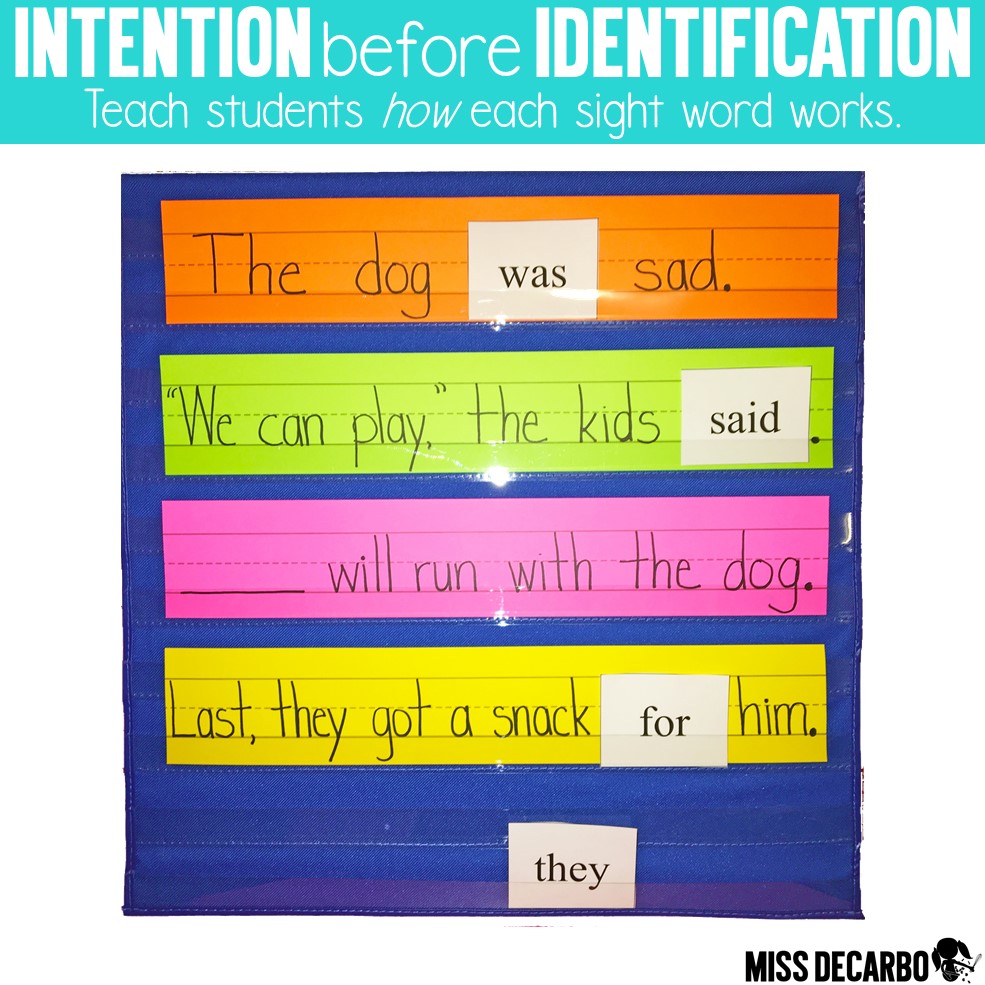 To do this, you can use special speed reading tables that will help develop skills.
To do this, you can use special speed reading tables that will help develop skills.
Print out the wedge chart and focus on the center column first. Then slowly go down with your eyes down, while saying aloud the side numbers. The purpose of this table of numbers for speed reading is to reach the end and see the numbers both to the right and to the left of the central column at the same time.
"Labyrinth"
Another important component of the reading process is the ability to concentrate attention for a long time.
This sub-skill is trained with the help of mazes familiar from childhood, which will also help to master the fast way of reading.
Try to find a way out of this trap with just a glance.
Recurrent eye movements
When reading, we often return to a part of the text that we have already read. This negatively affects comprehension and reduces speed.
In order not to reread the same thing, slide your finger or pencil under the line while reading.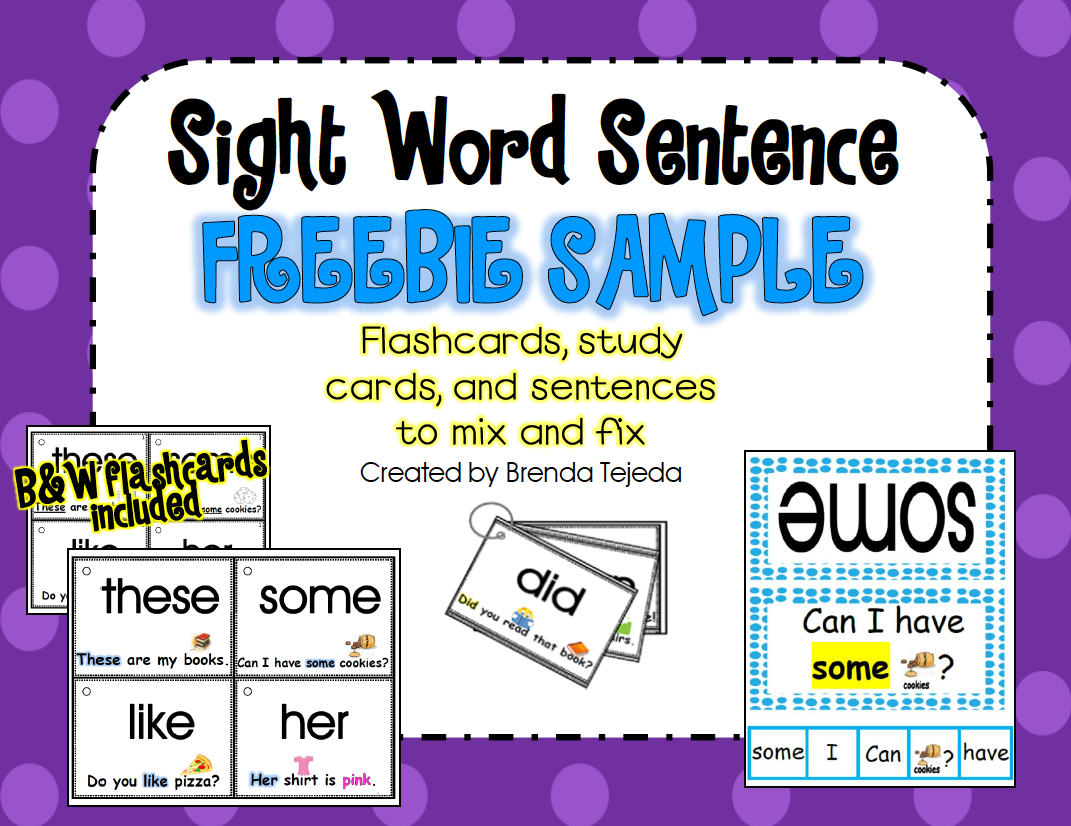 This speed reading technique looks “childish”, but it is very effective.
This speed reading technique looks “childish”, but it is very effective.
Technique for the development of speed reading "Harvesting"
This technique is also described in the book by Pavel Palagin.
When you have read an interesting paragraph with useful information and moved on to the next one, it does not mean that the knowledge has passed from the book to you. Your brain remembers the following: “Useful information in the book. If you need to remember it, you will have to reread the book.
In order for information to become part of you and pass into long-term memory, you need to pause, present the essence of what you have read and say the main points to yourself.
Three steps of Harvesting speed reading technique:
- Stop. As soon as you have read the completed semantic block to the end, stop the reading process, take your eyes off the text and take a short pause.
- Essence. Present the basis of the read text in the form of an image, a diagram, a situation, and the like.
 The main aspects of the new information and the meaning that they carry should appear in your head.
The main aspects of the new information and the meaning that they carry should appear in your head. - Speaking the basics. Try to succinctly and briefly describe in your own words the essence of the text that you imagined. The shorter the better.
At the same time, during the reading itself, it is important to avoid articulation (pronunciation of the text). To do this, you can tightly compress your lips and bite your tongue. And even more “harvest” can be collected by armed with a text highlighter and marking important points in the text (no more than 10 words per thought).
Texts for speed reading
Special texts for speed reading can be used to develop speed reading. These texts are different from the usual ones and are great for developing a fast way of reading. For example, text can be rotated away from the reader by 90 degrees, written upside down, or it may be missing some letters that need to be guessed. Also, when teaching speed reading, “noisy” texts are used - various “lattices” or “cobwebs” are superimposed on such texts.

